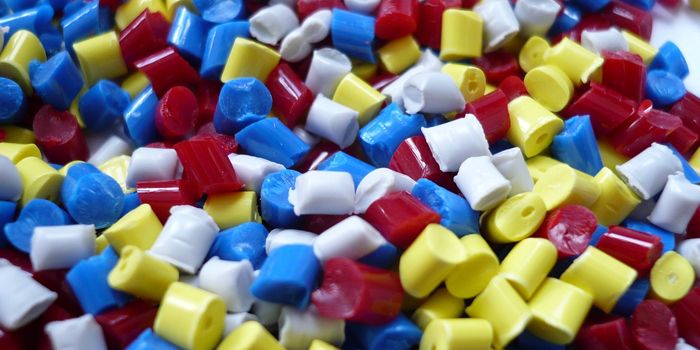Physics in a Femtosecond
In a recent study published in Physical Review Letters, an international team of researchers examined how ions interact with graphene and molybdenum disulphide (MoS2) on timescales of one femtosecond, which is equivalent to one quadrillionth (10-15) of a second. This study holds the potential to expand research into nuclear fusion since high-energy ions bombard the walls of a nuclear reactor, and the researchers who conducted the study hail from Austria, Germany, and Ireland.
"We are particularly interested in the interaction of these ions with the material graphene, which consists of only a single layer of carbon atoms," said Dr. Anna Niggas, a researcher in the Institute of Applied Physics at TU Wien in Austria, and lead author of the study. "This is because we already knew from previous experiments that graphene has very interesting properties. Electron transport in graphene is extremely fast."
By examining ion interactions with graphene and MoS2, the research team was able to determine how the impacting ions could influence the transfer of energy and distribution of electrons within each material. The results ultimately demonstrate how different materials respond to ion impacts.
"With our method, we have found an approach that allows quite fundamental new insights," said Dr. Richard Wilhelm, head of an FWF START project at TU Wien, and a co-author on the study. "The results help us to understand how matter reacts to very short and very intense radiation exposure -- not only to ions, but ultimately also to electrons or light."
As stated, this study could hold the potential to further expand research into nuclear fusion, which has been a sought-after energy source for decades, as it can produce quadruple the energy per kilogram of fuel as is currently used in nuclear fission (nuclear energy).
Sources: Physical Review Letters, International Atomic Energy Agency
As always, keep doing science & keep looking up!









